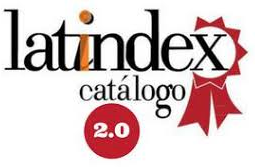Contextualizing The Higher Education In A PostPandemic Era: A Trisectoral Perception
DOI:
https://doi.org/10.47750/jett.2023.14.03.022Keywords:
higher education, hybrid flexible (HyFlex) learning design, perception, post-pandemic era, trisectoralAbstract
The sudden shift towards remote learning two years ago to curb the spread of the pandemic caught educational institutions off-guard. It specifically proved to be a struggle in the Philippine context because as noted by Mineo (2020), not all learners were prepared for the shift in learning modalities. However, even with the current easing of restrictions nationwide, the Commission on Education chair Prospero de Vera III implied that as far as the higher education is concerned, flexible learning is now here to stay. As such, this study aimed to explore the perceptions of students, faculty members, and university administrators on hybrid flexible (HyFlex) instruction. The study utilized a mixed method research design. To interpret the results, frequency distributions and mean values were
presented. Findings revealed that. While the students moderately agree that like the flexibility that hybrid flexible courses may offer, they were still undecided whether they can study at home as much as I can when attending face-to-face classes. On the other hand, faculty members and the university administrators mostly have positive perspectives on hybrid flexible (HyFlex) learning design which
may be related to the fact that most of them already participated in trainings related to the designing and implementation of a hybrid flexible classroom. Accordingly, the following recommendations were formulated: for the students to continuously participate and engage in research studies that aims to devise teaching and learning continuity plan in the context of post-pandemic education; for
faculty members to regularly attend capacity-building trainings; for the university administration in general to consider the hybrid flexible learning design as an option since both the students and faculty members were found to have positive perceptions on it; lastly, for future researchers to assess other organizational considerations related to the implementation of HyFlex courses.








